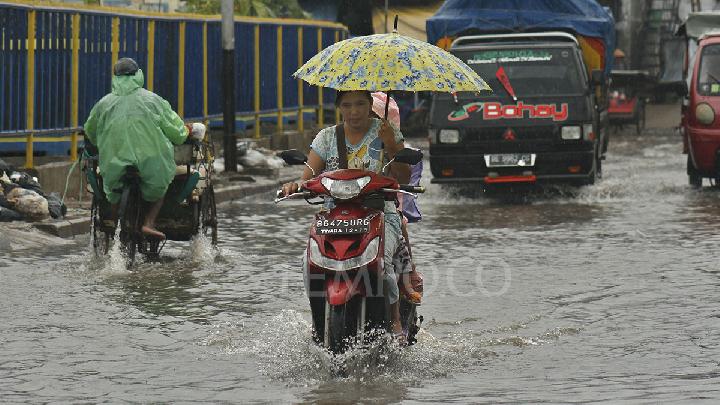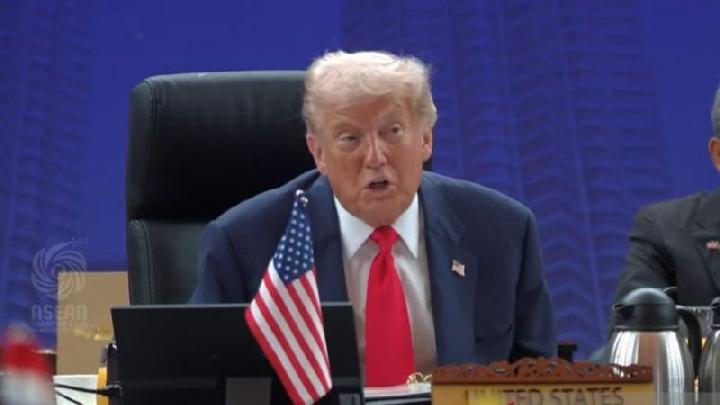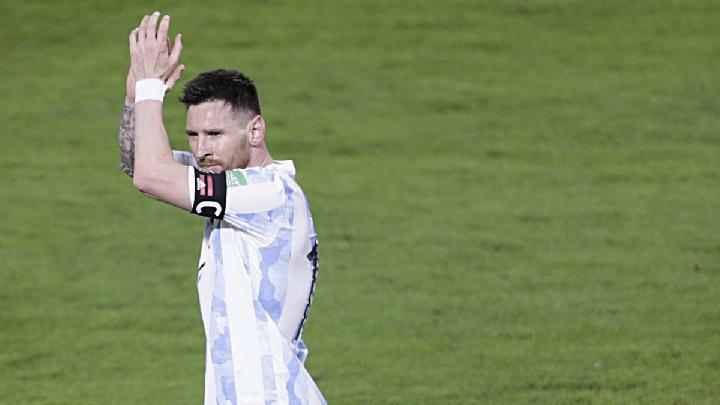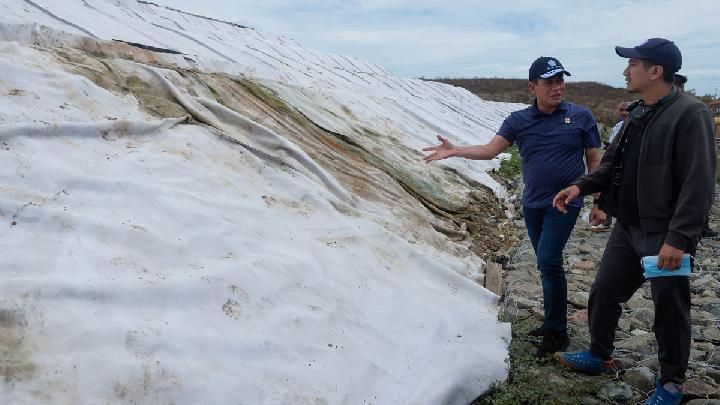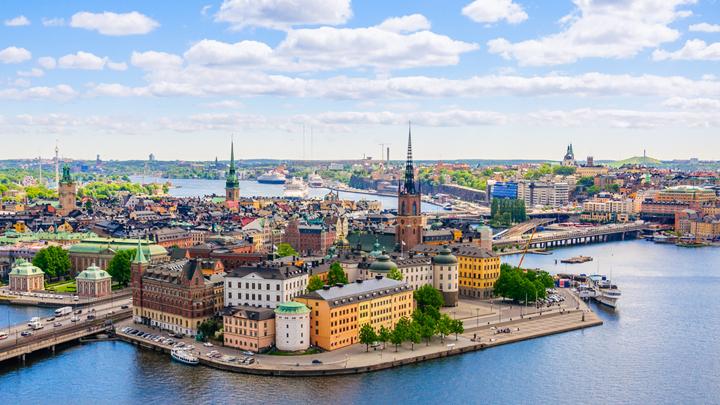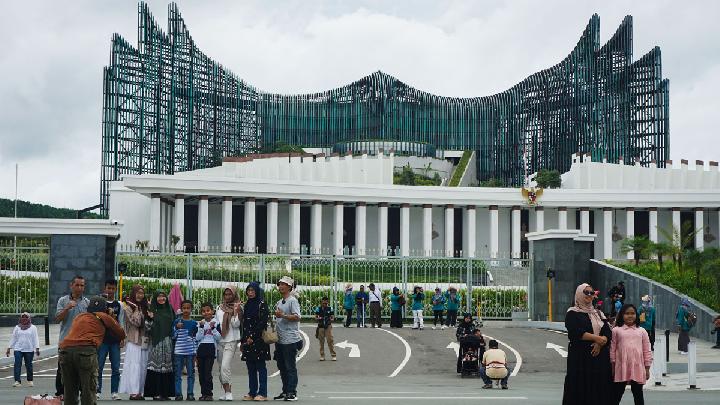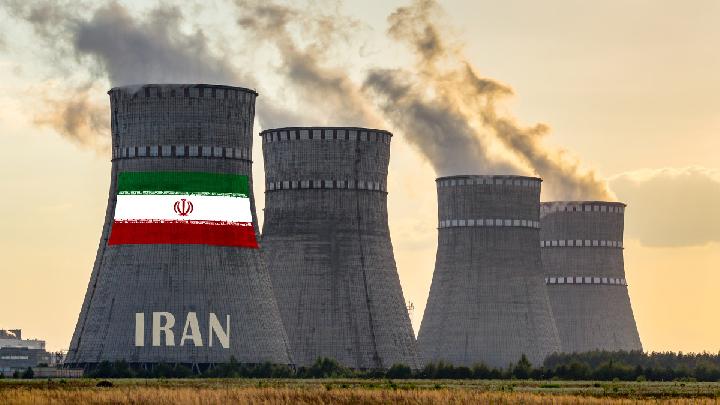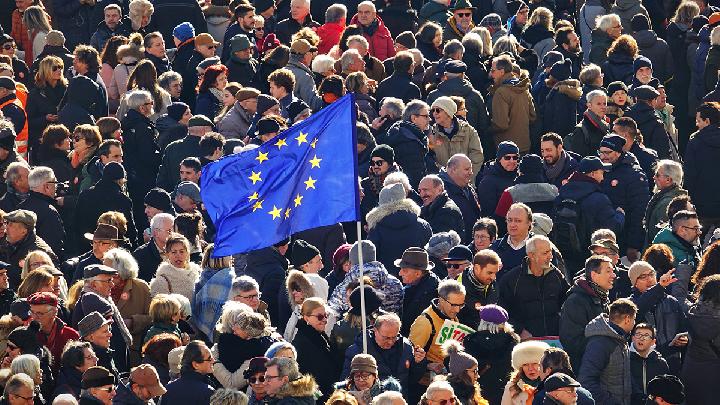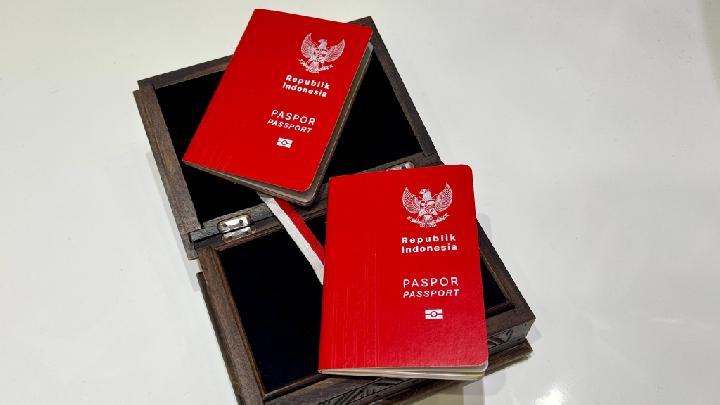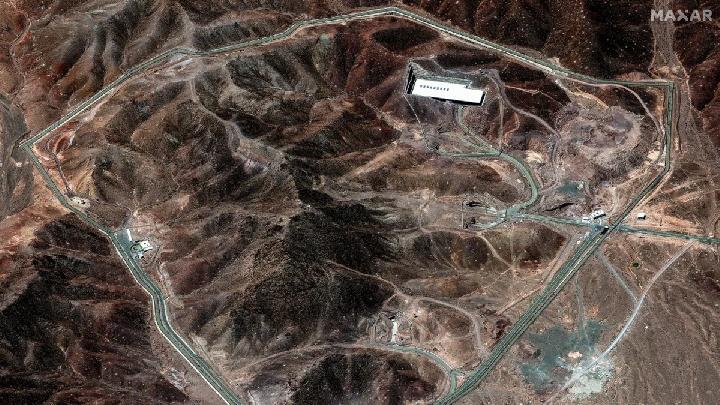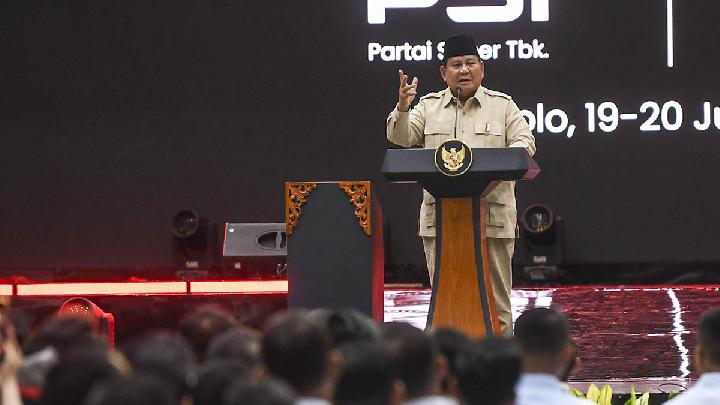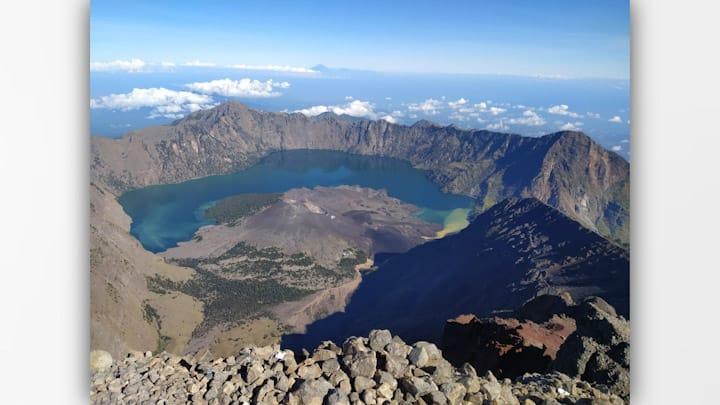
TEMPO.CO, Jakarta - Despite strict regulations, the use of chemical weapons continues. The latest news comes from the intelligence agencies of the Netherlands and Germany, which have found evidence of Russia using chemical weapons. The Dutch and German intelligence agencies accuse Russia of using chemical weapons to attack Ukraine.
In a joint statement, the German intelligence agency (BND) and the Dutch intelligence agencies (MIVD and AIVD) stated that Russia has used not only tear gas, but also chloropicrin, a deadly toxic chemical that can be fatal in closed spaces.
"It was already known that Russia is using teargas in Ukraine, but MIVD, AIVD and BND can now confirm that Russia is also employing chloropicrin, a more potent chemical agent that can be fatal when used in high concentrations in enclosed spaces," the three agencies stated, quoted from Anadolu, on Friday, July 4, 2025.
Chemical weapons are weapons of mass destruction that have been used since World War I and still pose a global threat today. These weapons work by utilizing toxic chemicals that can cause injury, paralysis, and large-scale fatalities. Although the Chemical Weapons Convention (CWC) has banned their use since 1993, some countries are suspected of still possessing and even using these weapons in current conflicts.
1. Choking Agents
These agents work by damaging the respiratory tract, causing breathing difficulties, and filling the lungs with fluid. Chlorine and phosgene are examples of well-known chemicals of this type. The effects can range from respiratory tract inflammation to death due to respiratory failure. Recently, Russia was reported to have used chloropicrin in the war in Ukraine, triggering condemnation from various international parties for violating the laws of war.
2. Blister Agents
These chemicals can cause burns, severe blisters on the skin, and damage to body tissues. Mustard gas (sulfur mustard) is one of the most well-known, along with nitrogen mustard and phosgene oxime. The impact is crucial, ranging from blindness to permanent damage to the respiratory tract. These weapons were widely used during World War I and caused prolonged suffering for the victims.
3. Blood Agents
These agents inhibit the ability of blood to carry oxygen throughout the body. Hydrogen cyanide and cyanogen chloride fall into this category. The effects are very deadly because they can cause death due to breathing difficulties or heart failure in a short time. This type of weapon was used by the Nazi regime in gas chambers during the Holocaust, leaving a dark mark in the history of humanity.
4. Nerve Agents
The chemicals in this category attack the nervous system by inhibiting the enzymes that the body needs. Consequently, muscle and organ functions become uncontrollable. Examples of these weapons include sarin, VX, and tabun. The symptoms include convulsions, paralysis, and death within minutes. Attacks with sarin have occurred in Syria and gained international attention due to their extremely fatal impact.
5. Riot Control Agents
Unlike other deadly types, these agents are less lethal and cause only mild irritation, such as burning eyes, coughing, or temporary blindness. Examples include tear gas (CS) and pepper spray. They are still used by security forces to control crowds, but their use in war is prohibited by the Chemical Weapons Convention (CWC) because it is considered torture.
6. Other Deadly Chemical Agents
Some chemical weapons do not fall into the main categories but are still dangerous. Quoting Britannica, agent 15 (BZ) causes severe hallucinations and disorientation, and ricin, although rarely used in warfare, is highly lethal. These substances are still closely monitored due to the potential for use in terrorist attacks.
Adinda Jasmine also contributed to the writing of this article
Editor's Choice: Russia Accused of Using Deadly Chemical Weapons in Ukraine
Click here to get the latest news updates from Tempo on Google News
Ukraine Strikes Russian Electronic Weapons Facility as Putin and Trump Speak on Phone
8 jam lalu

Ukraine targets a Russian military facility in Cheboksary, a day after Russia launched its largest aerial attack on Ukraine since the invasion began.
Xi Jinping's No-Show at BRICS Summit Fuels Political Speculation
19 jam lalu

The Chinese President Xi Jinping will not attend the 17th BRICS Summit in Rio de Janeiro, Brazil, and will be represented by the Prime Minister Li Qiang instead.
Russia Accused of Using Deadly Chemical Weapons in Ukraine
21 jam lalu

German and Dutch intelligence agencies have accused Russia of increasingly using dangerous chemical weapons such as chloropicrin in the war in Ukraine.
10 Countries with the Most Time Zones, France on Top
2 hari lalu

The countries with the most time zones spread out widely from Europe to the borders of Australia, factored by multiple fascinating reasons.
Russia Launches Massive Attack on Ukraine After Putin-Trump Phone Call
2 hari lalu

Russia's massive air strike on Ukraine was launched after Trump and Putin were on a phone call.
Top Russian General Reportedly Killed by Ukrainian Missile Strike
2 hari lalu
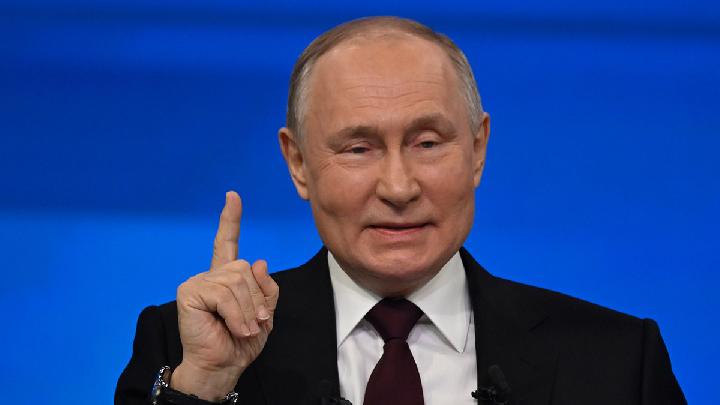
Mikhail Gudkov, the Russian Navy's deputy commander, was hit by a missile during the war with Ukraine.
Russia First to Grant Official Recognition to Taliban-Led Afghan Government
2 hari lalu

Russia acknowledges the Taliban government in Afghanistan after previously revoking the terrorist status of the group.
US Halts Ukraine Missile Supplies Due to Shortage
5 hari lalu

The U.S. has temporarily halted the delivery of certain weapons to Ukraine due to concerns about dwindling U.S. arms stockpiles.
North Korea, Russia Boosting Cultural and Arts Cooperation
7 hari lalu

North Korea and Russia have deepened bilateral cooperation in various fields.
Ukrainian F-16 Pilot Killed Defending Against Largest Russian Attack
7 hari lalu

This is the third F-16 jet shot down since Ukraine received the fighter jets in February.

